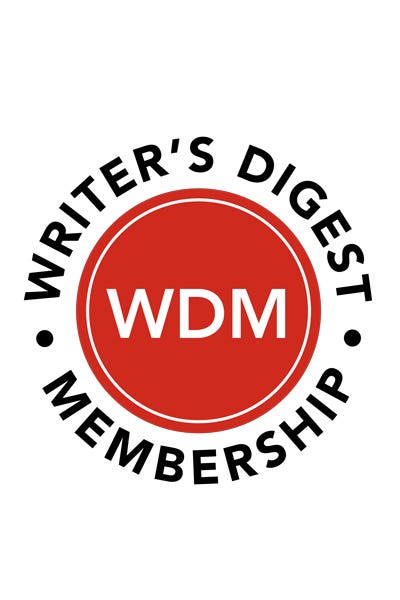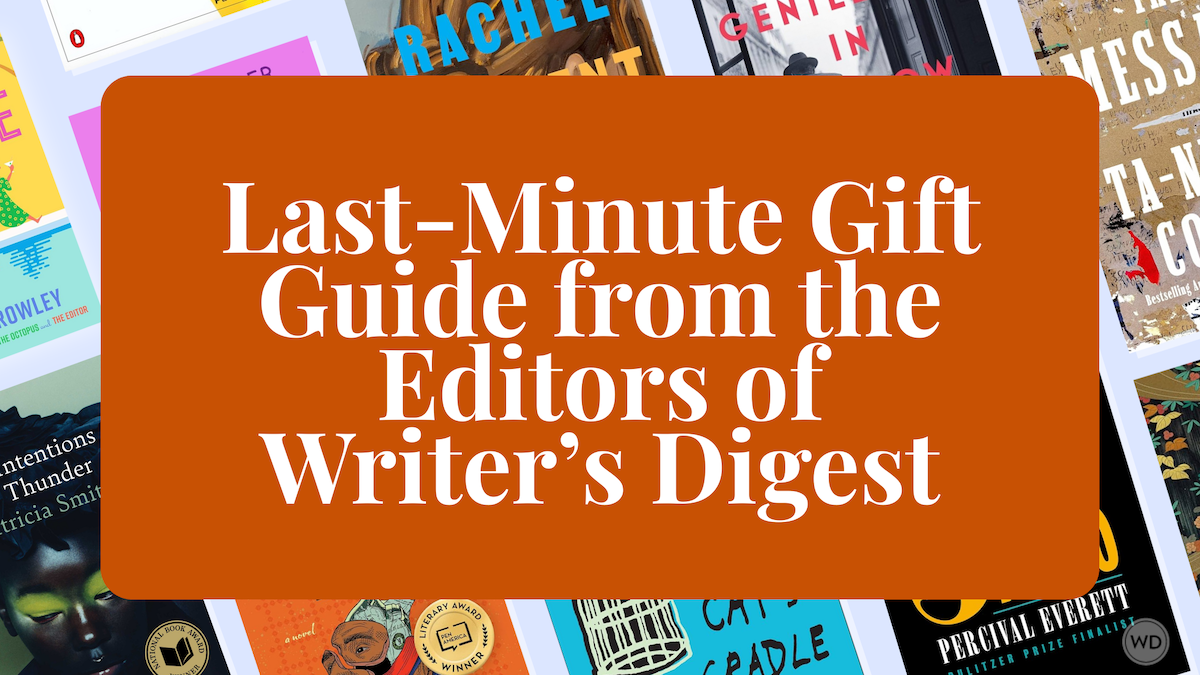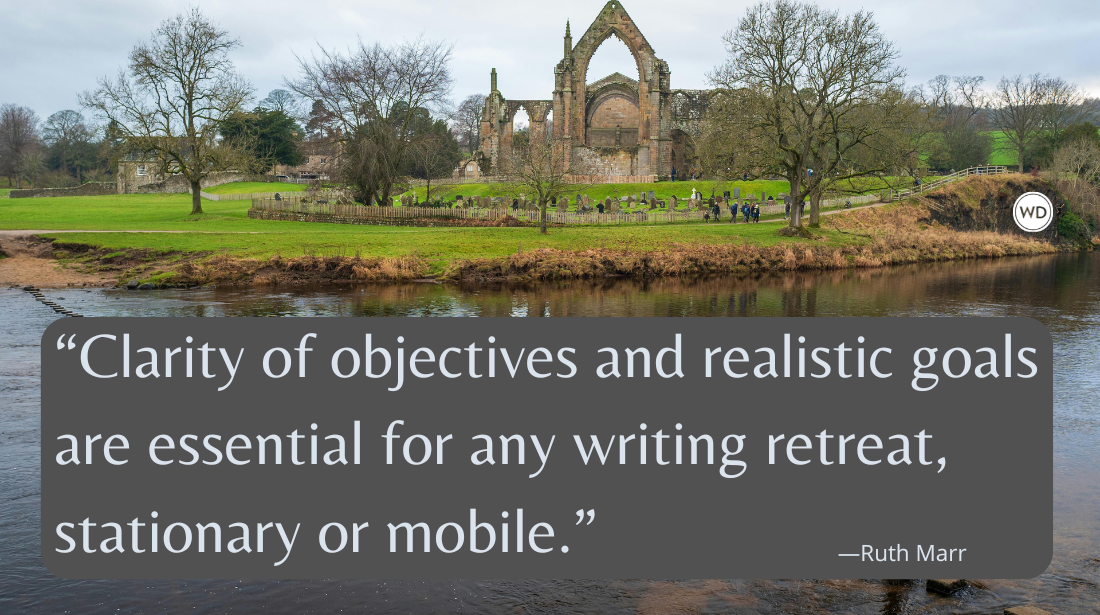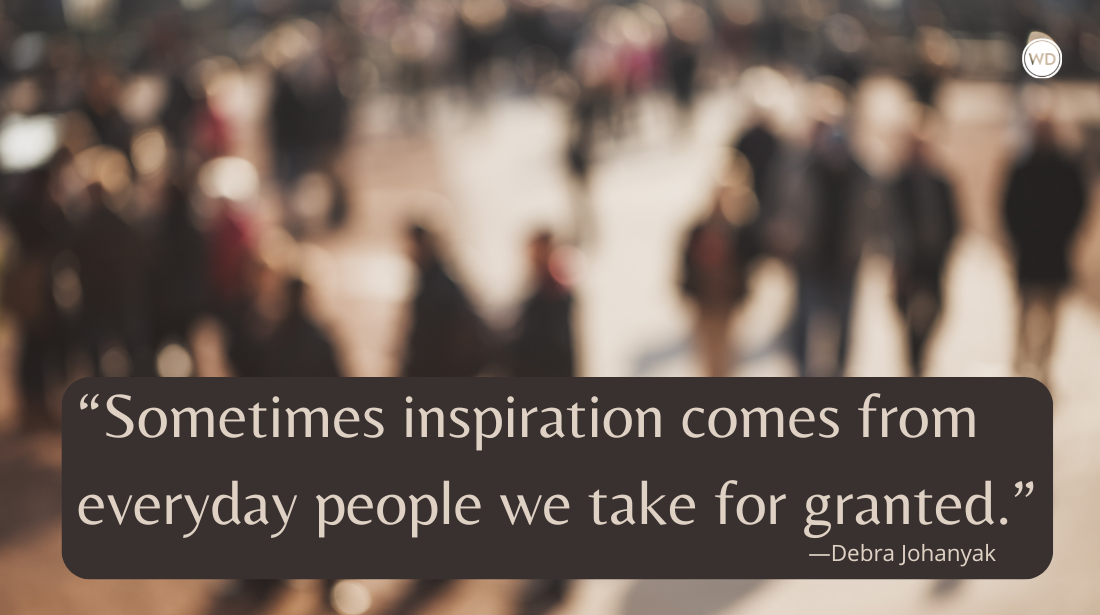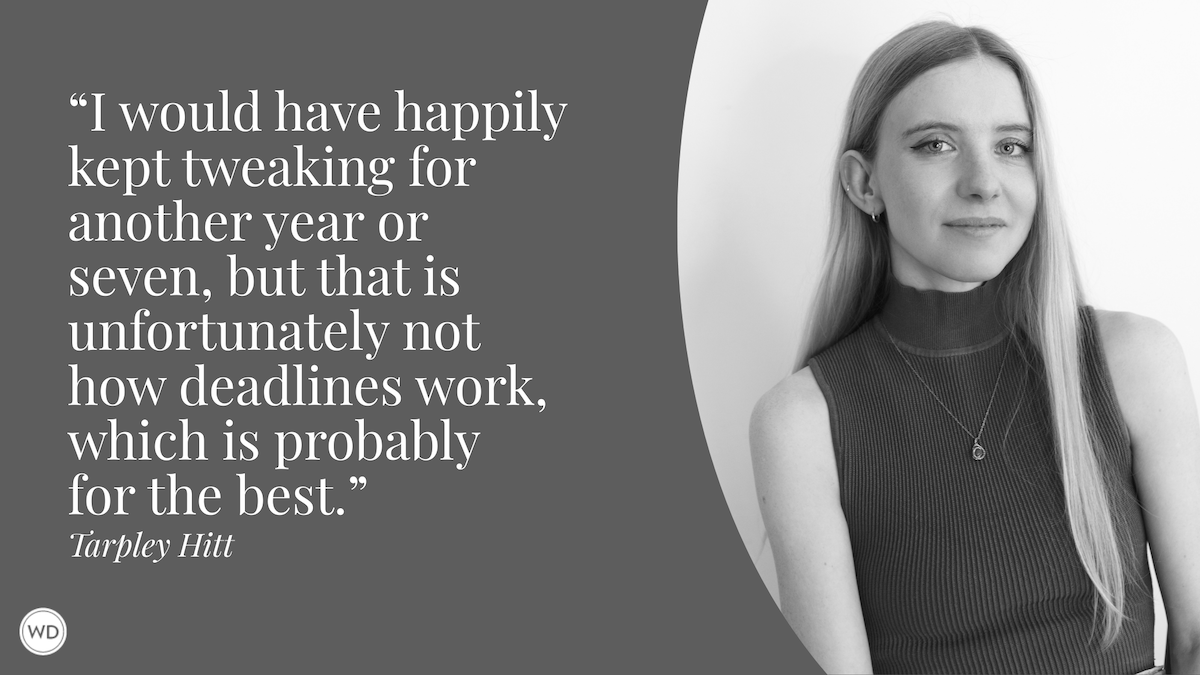Elizabeth R. Hyman: I Loved Letting the Work Surprise Me
Author Elizabeth R. Hyman discusses how one blog post grew into an 11-part series that led to her new narrative nonfiction, The Girl Bandits of the Warsaw.
Elizabeth R. Hyman is the descendant of Polish Jews who fled Europe in 1939 and made their way, as refugees, to the United States. She earned dual master’s degrees in History and Library and Information Science from the University of Maryland-College Park, and has written the history blog, “HISTORICITY (was already taken),” since 2011. She lives in New Paltz, New York. Follow her on Instagram and Bluesky.
In this interview, Elizabeth discusses how one blog post grew into an 11-part series that led to her new narrative nonfiction, The Girl Bandits of the Warsaw Ghetto, the ways in which fiction and nonfiction are similar, and more.
Name: Elizabeth R. Hyman
Literary agent: Suzy Evans
Book title: The Girl Bandits of the Warsaw Ghetto: The True Story of Five Courageous Young Women Who Sparked an Uprising
Publisher: Harper Perennial
Release date: October 14, 2025
Genre/category: Holocaust History/Narrative Nonfiction
Elevator pitch: The Girl Bandits of the Warsaw Ghetto follows five young Polish Jewish women as they organize against and resist Nazi terror.
What prompted you to write this book?
In the spring semester of 2013—my second year of graduate school—I took a course called “Gender, Women, and Autobiography.” It was cross-listed with the Jewish Studies Department and promised formal training on how to read and analyze Jewish women’s diaries, autobiographies, and memoirs as primary sources.
In March, the class read several excerpts from the memoir of a woman named Vladka Meed, who worked for the Jewish resistance in Warsaw during World War II. The excerpts centered on an incident in which Vladka and a male colleague were cornered by a gang of Poles intent on catching underground Jews. Both Vladka and her comrade tried to run. He got away, but she was too slow. Luckily, however, she was able to talk herself out of the situation.
As the professor led the class discussion, she asked us, “Why does it matter that they didn’t catch her male colleague? What differences existed between Jewish men and Jewish women which allowed her to talk herself out of capture, but which ensured that he would never be able to?”
I was stumped.
The answer was circumcision. If a female Jewish resistance worker was caught, nothing on her bodies could betray her Judaism. But for men, all it took was an order to drop their pants, and they were done for.
These two facts—that there were active Jewish female resistance workers tasked with arming the Warsaw Ghetto in preparation for an uprising, and that one of the ways these women maintained their cover was through their lack of genitalia marked by Judaism—blew my mind. It also made me kind of angry. How was it that I—a graduate student of Modern Jewish History, the writer of viral blog posts about women and the Holocaust, the granddaughter and great-granddaughter of Polish Jewish refugees—had never heard of these women?
After I finished graduate school in May 2014, I read Vladka’s memoir cover-to-cover at least six times in preparation for a blog post all about her. I researched Warsaw, and interwar Poland, and reread all of the major treatments of the Holocaust with an eye toward Poland. With each book I read, Vladka’s story grew bigger and bigger, and what I thought would be a simple blog post morphed into an 11-part series. I finally started posting them in April 2018, timed to align with the 75th anniversary of the Warsaw Ghetto Uprising.
When the series was done, and even though I’d spent years on the project, I knew I’d barely scratched the surface of the story, for Vladka was hardly the only Jewish woman working for the Jewish resistance. There was Zivia and Tema and Bela and Lonka and Rokhl and Tosia and Dvorah and Hannah and Justyna and Frumka and Franya and so many more that I knew I didn’t even know the names of. Maybe I could write them all blog posts, I thought. But I knew the story was much, much bigger.
Big enough, to be this book.
How long did it take to go from idea to publication? And did the idea change during the process?
I decided that this was a book I had to write in summer 2018. The book is coming out in a little less than a month, as of this writing.
When I began the project, I envisioned it as a book which would discuss all the young Polish Jewish women involved in underground work. I began to query agents with this vision in mind before I really understood how that process worked. Early on, an agent declined the project but gave me a very important piece of advice: Don’t even try to focus on all the women. Pick four, maximum five, of the women to ground the project. More than that will overwhelm readers.
So, I chose five, but fairly late in the process, I realized that one of them did not fit into a series of generational arguments I was making and had to switch her out for another figure. Definitely a “kill your darlings” situation, but the work is stronger for it.
Were there any surprises or learning moments in the publishing process for this title?
Most of the writer’s groups I’m part of on social media are filled with writers of fiction. That group tends to view nonfiction writing as something dull and dry and lacking in creativity. They talk about how characters take on their own agency and change the planned story; how it went in a direction they never could have envisioned.
What surprised them, that nonfiction is very similar. You know what you want to write about, you know your primary and secondary sources, but you don’t know where those topics and sources will take you. And for historians, you might not even know for sure what you’re arguing until the end of the project. I loved letting the work surprise me. It’s that joy that keeps me writing; that knowledge that, despite my expertise and mastery of the sources, there’s still material left to surprise me.
What do you hope readers will get out of your book?
This book was born out of my own righteous indignation at the fact that I had never heard of these women; and on a larger level, the fact that collective western Holocaust memory was so deeply based on male experiences and narrative. As such, I hope that this book—to pull a line from Lin Manuel-Miranda—puts women back into the narrative. If this book propels the women into public consciousness, into mainstream knowledge, I’ll have done my job.
If you could share one piece of advice with other writers, what would it be?
Getting a book traditionally published is a long game. It is difficult and requires you to reframe how you understand the nature of rejection and success. Every no from an agent, every pass from a publisher, represents a new path forward, (potentially) valuable feedback, and a new contact. And that’s all a win! A win, which will only make your book stronger.



